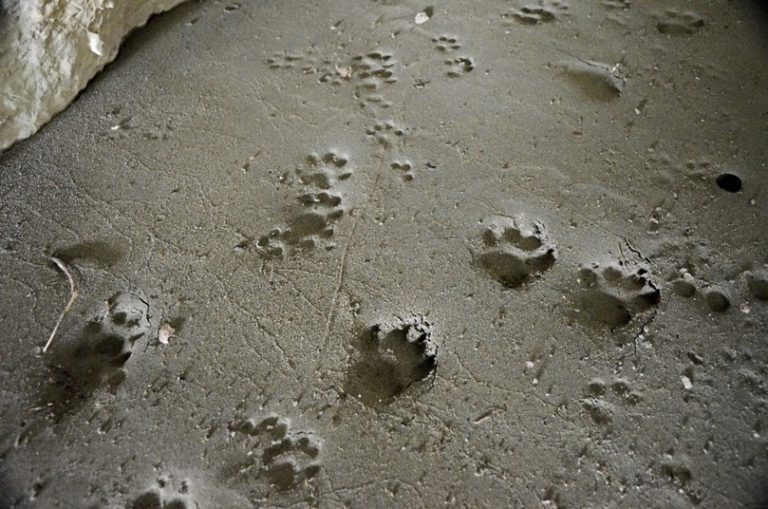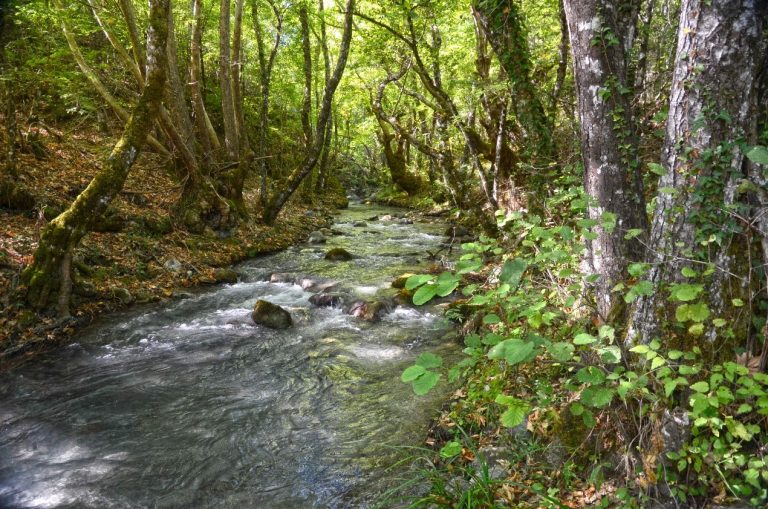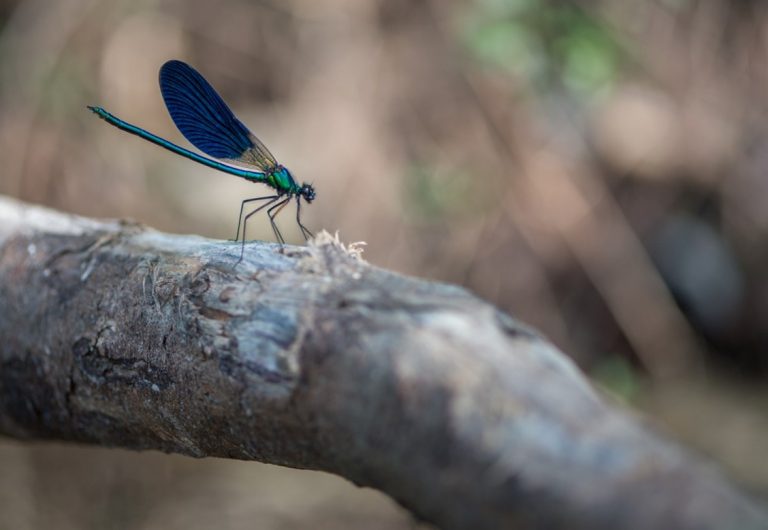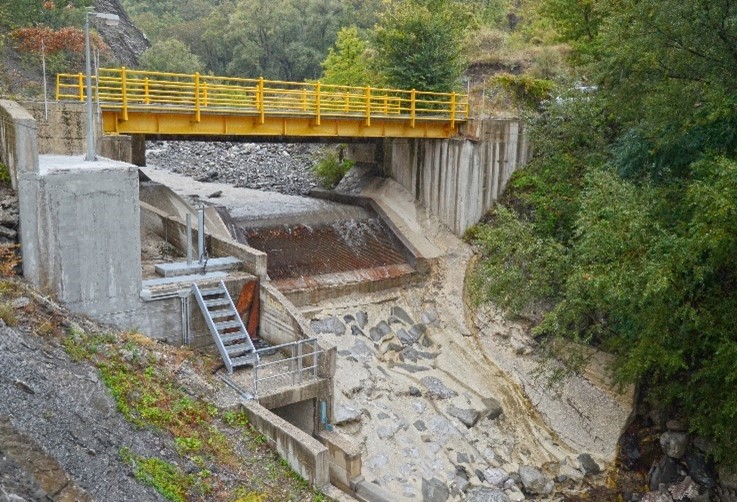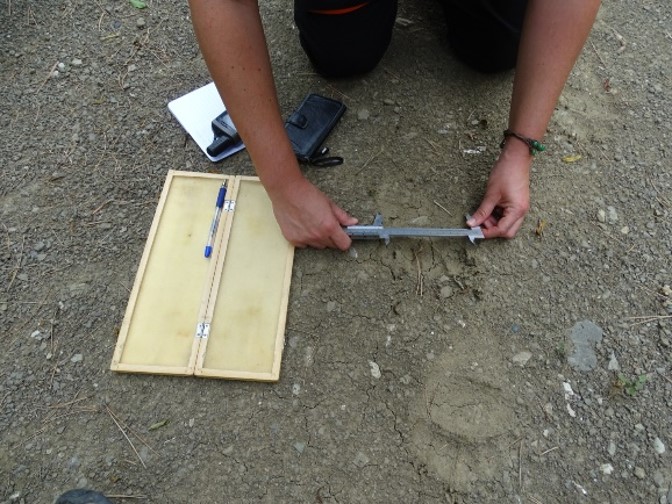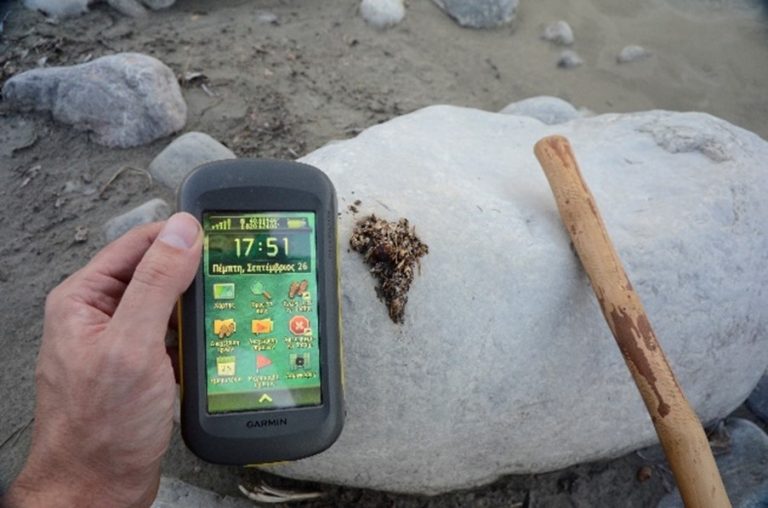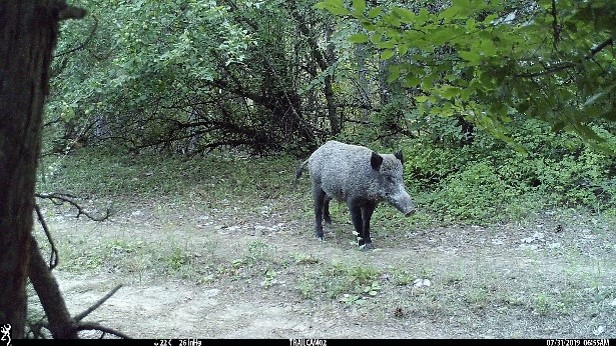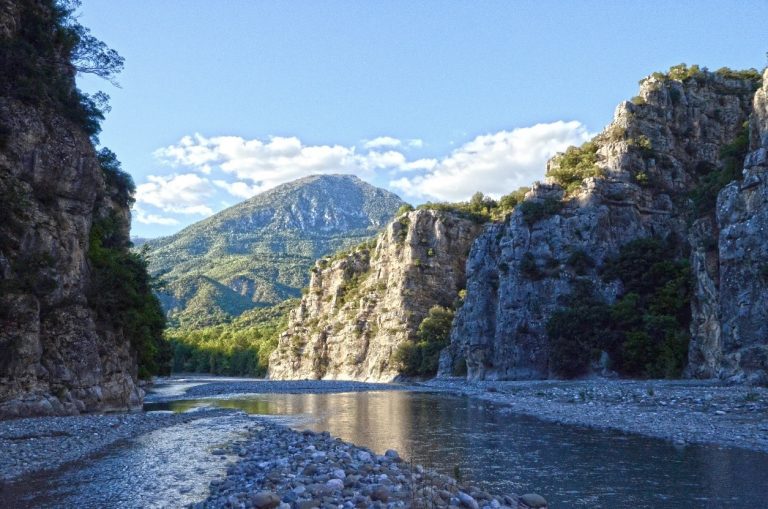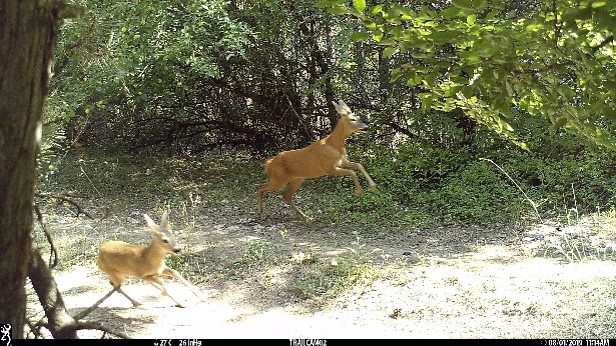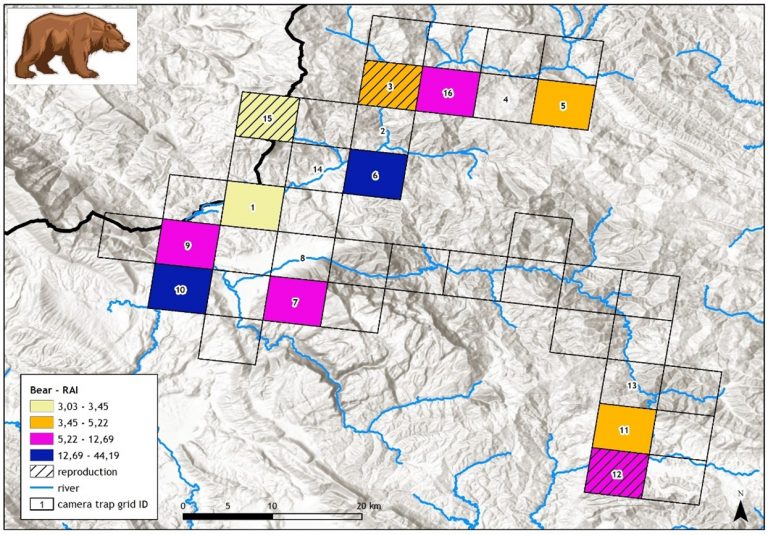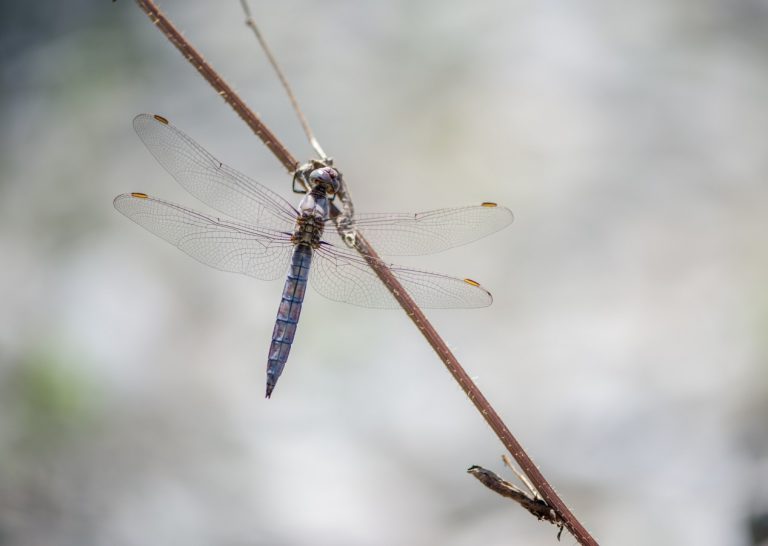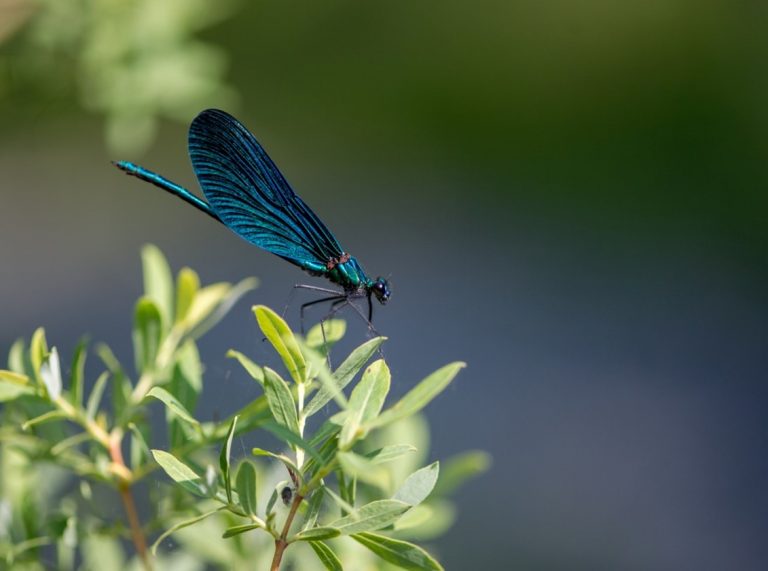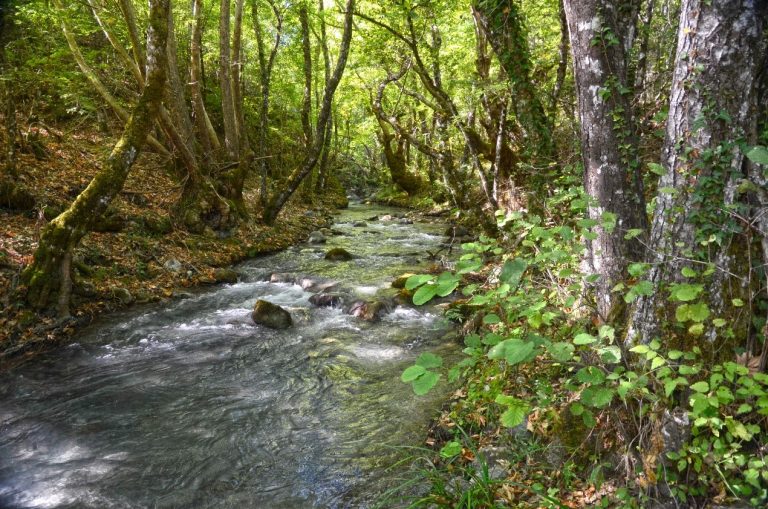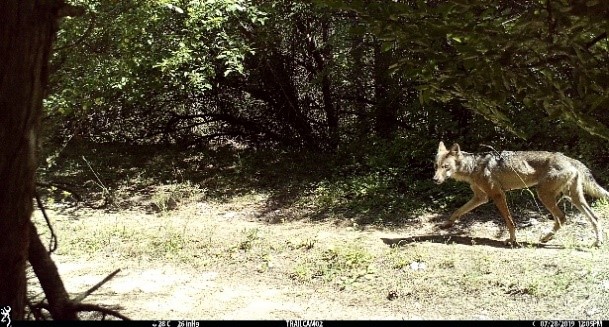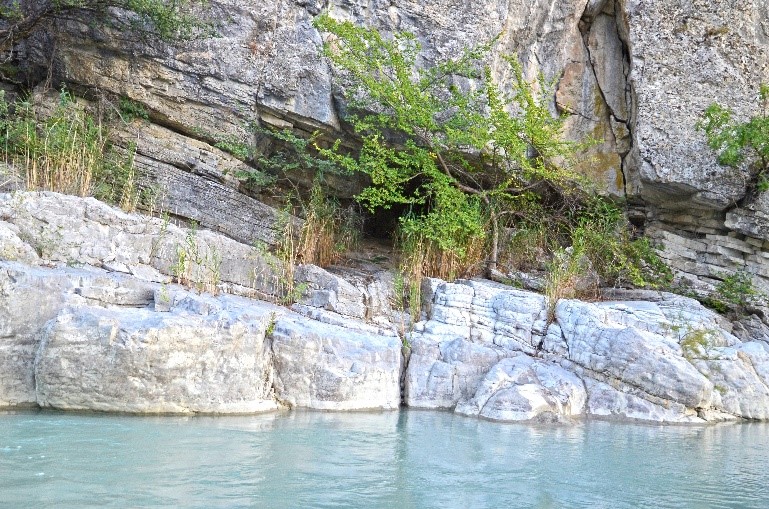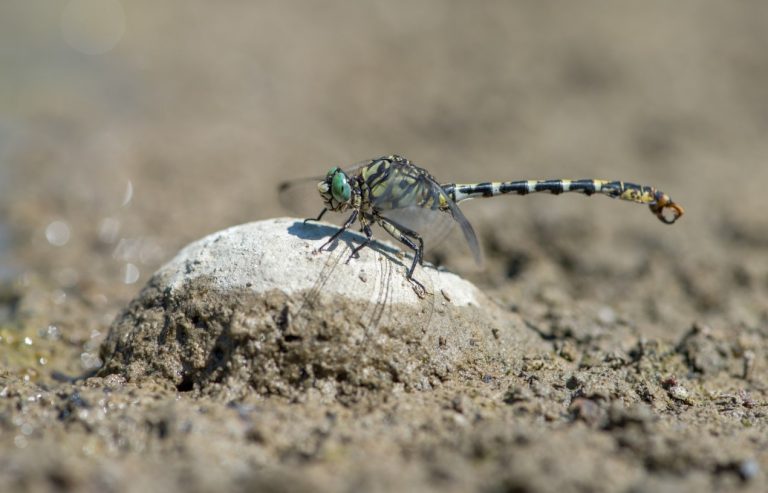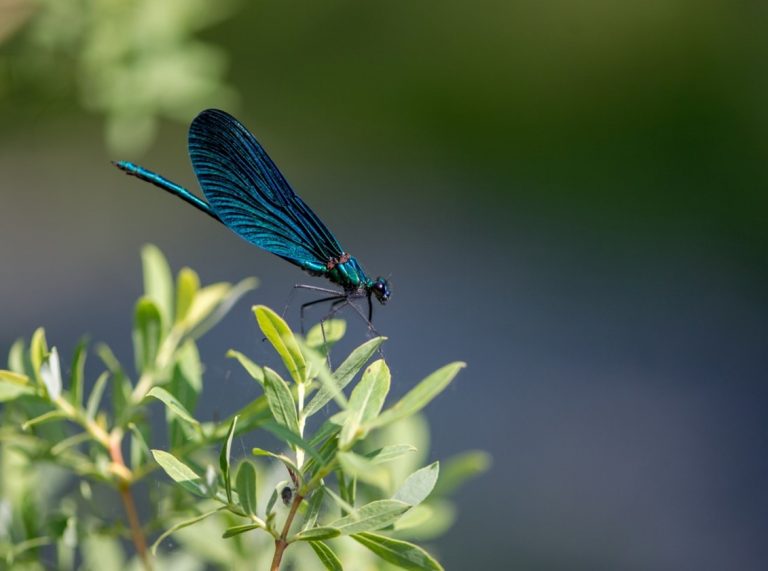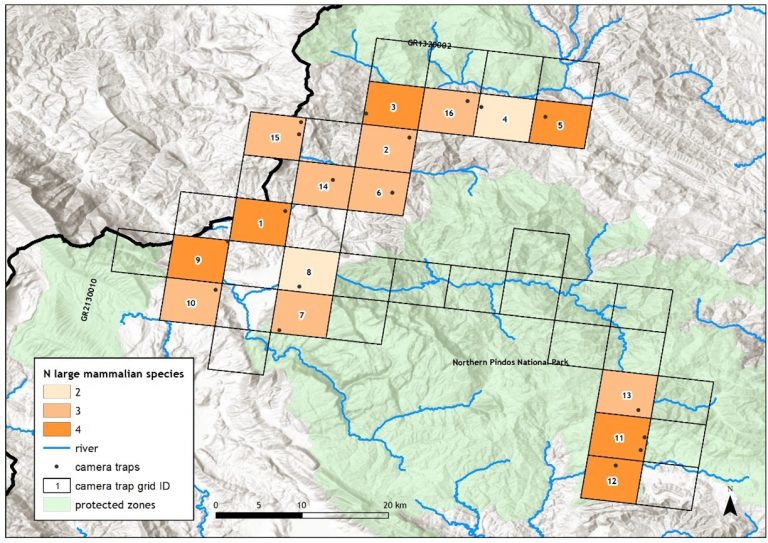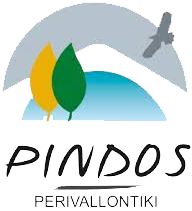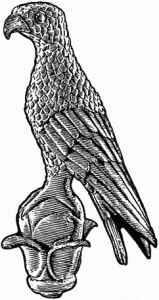AOOS
Πληροφορίες έργου
Δρ. Βασιλική Κατή. Επιστημονικά Υπεύθυνη
Μαρία Πετρίδου, γεωπόνος, Υπ. Διδ. BCL/Π.I.
Theodoropoulos Yiannis, Environmental Scientist/ MSc (PP)
Νίκος Μπούκας, Βιολόγος
Τόνια Γαλάνη, MSc student (BCL/UOI)
Σκοπός
Στόχοι
- Δημιουργία γεωχωρικής βάσης δεδομένων βιοποικιλότητας, με έμφαση στην περιοχή του Αώου ποταμού που δεν προστατεύεται
- Χαρτογράφηση της κατανομής της βίδρας και εκτίμηση της απειλής των σχεδιαζόμενων υδροηλεκτρικών σταθμών
- Εκτίμηση της αξίας της λεκάνης απορροής του Αώου για τα Οδοντόγναθα (λιβελούλες)
- Χαρτογράφηση της κατανομής των μεγάλων θηλαστικών στη λεκάνη του Αώου
- Παροχή επιστημονικής τεκμηρίωσης για τη δημιουργία διασυνοριακής προστατευόμενης περιοχής Ελλάδας-Αλβανίας για τον Αώο
Δράσεις
1.
Δειγματοληψία με υπέρυθρες κάμερες μεγάλων χερσαίων θηλαστικών
2.
Παρακολούθηση βίδρας
3.
Καταγραφή των Οδοντογνάθων
4.
Διάχυση αποτελεσμάτων
Kati V., Petridou M., Theodoropoulos Y., Bukas N. 2019. Contribution to biodiversity knowledge of the Aoos River Basin / Greece. Pindos Perivallontiki, 65pp
Αποτελέσματα
Δημοσιεύσεις
Kati V., Petridou M., Theodoropoulos Y., Bukas N. 2019. Contribution to biodiversity knowledge of the Aoos River Basin / Greece. Pindos Perivallontiki, 65pp
Απήχηση έρευνας
Προστατευόμενος πλέον ολόκληρος ο ποταμός Αώος και οι παραπόταμοί του!
Το Νοέμβριο του 2023, το Ελληνικό Υπουργείο Περιβάλλοντος αποφάσισε την προστασία όλης της Λεκάνης απορροής του Αώου. Η σχετική απόφαση δημοσιεύτηκε στην Εφημερίδα της Κυβερνήσεως με τίτλο “Χαρακτηρισμός τμήματος της λεκάνης απορροής του Αώου ποταμού ως προστατευόμενου τοπίου και προστατευόμενου φυσικού σχηματισμού” (ΦΕΚ Β 6679/27-11-2023)
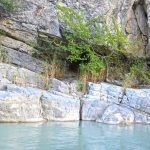
Επιστήμη και πολιτική
Η έρευνά μας συνεισέφερε επιστημονικά δεδομένα για την επίτευξη του καθεστώτος προστασίας της λεκάνης απορροής του ποταμού Αώου. Το BCL συμμετείχε στην προσπάθεια υπό την ηγεσία του συνασπισμού «Save the Blue Heart of Europe» για την προστασία της λεκάνης του ποταμού Αώου από τα σχέδια υδροηλεκτρικής ενέργειας και άλλες μη βιώσιμες και καταστροφικές δραστηριότητες
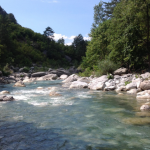
Δελτίο τύπου
Δείτε το κοινό δελτίο τύπου των συμμετεχόντων Μη Κυβερνητικών Οργανώσεων στο συνασπιστμό “Save the Blue Heart of Europe”.


